Great Mid-Century Designers 101: Greta Grossman
Greta Grossman has been described as a female pioneer and design icon, a mover and shaker in the male-dominated world of mid-century architecture and design. Her career trajectory is an interesting one: breaking barriers in her native Sweden; achieving fame and acquiring an A-list clientele after relocating to Los Angeles; and falling into obscurity from the 1960s until very recently when a 2010 exhibit of her work helped re-establish her name, returning this “unsung hero” of design to “her rightful place as a pivotal pioneer of mid-century modernism.” (DPages)
Greta Magnusson Grossman: On Her Toes & One Step Ahead
Greta Grossman (nee Magnusson) was born in Helsingborg, Sweden in 1906. Defying the gender stereotypes of the time, in the late 1920s she finished an apprenticeship in woodworking and earned a scholarship to the Stockholm School of Industrial Design. She was one of the first women to graduate from the school, now known as Konstfack.
After graduating, she immediately set to work. The year 1933 included many achievements. She received second place in furniture design in a Stockholm Craft Association contest--the first woman ever to receive an award in that category. With her former classmate Erik Ullrich, she opened a store and workshop called Studio that “immediately became the most popular gathering place for young Swedish designers.” (Dwell) Through Studio, Grossman and Ullrich designed furniture and interiors and garnered a considerable amount of media attention. They exhibited at the Galerie Moderne, a “cultural mecca” in Stockholm. (R & Company) It was also in 1933 that Grossman married jazz musician Billy Grossman. Four years later, Grossman contributed a very famous design to a group exhibit at the National Museum in Stockholm: a crib for Sweden’s Princess Birgitta, shown below, that features a “decidedly modern tripod base with tapered dowel legs.”
Image from LA Times
With wartime tensions escalating across Europe, the Grossmans decided to emigrate to Los Angeles. They departed Sweden in 1940.
It did not take long for Grossman to establish herself in her new home. Swedish modern design had made headlines at the 1939 New York World’s Fair and when Grossman set up shop on Rodeo Drive, billing her studio as a “hub” of Swedish design, she found immediate success. Grossman sold her own “cutting-edge” furniture and lighting through her studio, but also took on interior design commissions. Her high-profile clientele included Ingrid Bergman, Greta Garbo, and Frank Sinatra. (Dwell, LA Conservancy, R & Company) She also began designing furniture for companies like Barker Brothers and Glenn of California.
It was with Barker Brothers that two of Grossman’s most famous designs originated. In the late 1940s, she created the Grasshopper and Cobra lamps. They were among the first lamps to use directional shades and flexible arms. (R & Company) Danish retailer Gubi, which sells reproductions of Grossman designs, notes that the Grasshopper’s unique stance makes it look as though it is “alive and stalking its prey.”
Image from 1stdibs.
The Cobra lamp won a Good Design Award in 1950 and was exhibited at the Good Design Show at the Museum of Modern Art. Like the Grasshopper, the striking design of the Cobra is also highly functional. Its arm and shade can be rotated in all directions:
Images from Artsy.net.
While her lighting helped make her name, Grossman also made her mark with furniture, especially her designs for Glenn of California which have been called her “most sophisticated and best known.” Although designed in 1952, the iconic desk and dresser shown below were part of her “62-series,” so named because it was considered ten years ahead of its time:
Images from 1stdibs.
Image from R & Company.
This rare bookshelf was also designed for Glenn and has a similar aesthetic to the dresser and desk above, with its formica surfaces and iron legs:
Image from 1stdibs.
Mid-century furniture was known for its sense of openness, achieved in part through elevated, tapered legs. In her designs for Glenn of California, Grossman re-interpreted that aesthetic with extremely slender legs resting on small spheres. It was a completely new look, but very much in keeping with the Scandinavian modern design ethos.
Many of her pieces featured the organic curves that were a hallmark of Scandinavian modern design. This crescent coffee table is one example, with its curved surface and elegantly tapered supports:
Image from 1stdibs.
Her circle coffee table takes the use of curves even further:
Images from R & Company.
Grossman also experimented with other shapes, including this “ironing board” table with its curved triangular surface:
Image from R & Company.
Her choice of materials showed a “desire for experimentation” typical of mid-century modern designers. (Dwell) The pieces shown above feature iron and brass legs and formica surfaces, but Grossman also made use of other materials. This colourful chair--made of fibreglass, bright red upholstery, and tubular steel-- is one example:
Image from 1stdibs.
Her lounge chair used a highly textured upholstery along with a wrought iron base:
Image from R & Company.
In one of her designs for Studio, she added a glass top to a sofa and coffee table, the first rendered in elm and the second in birch:
Image from 1stdibs.
Image from R & Company.
Sometimes it was what was inside the furniture that showed Grossman’s ability to innovate. As design blog DPages notes, her “simple forms belie a sophisticated technical expertise.” The Modern Line set of sofas, designed in 1949, featured her signature slender metal legs, but was also one of the first to use industrial techniques for upholstery and “to exploit the Nozag springs technology, which revolutionized the comfort of sitting” in the postwar period. (Scandinavia Design)
Image from DPages.
As unique and creative as her furniture was, Grossman’s architectural commissions have been called her “most enduring work.” (R & Company) In 1940s Los Angeles, she was the only woman to own an independent architectural practice. In Grossman’s words, being the only woman in a male-dominated field “kept you on your toes. You had to be a step ahead or else.” (Dwell) Her work showed that she was certainly up to the task. In the years between 1949 and 1959, she designed fourteen homes which, according to the Los Angeles Conservancy, showed “...Grossman’s architectural acumen. Many of her glass-walled houses stood on problematic hillsides, requiring stilts and other structural solutions.” The Conservancy worries over her legacy, since only ten of her homes remain, including Nelson House which provides a good example of the challenges Grossman overcame as an architect.
Grossman shared her knowledge of design and architecture, teaching at UCLA and Pasadena’s Art Center. She was praised widely and received considerable media attention for her work, yet in 1966 she left her design and architecture careers behind, retiring to her home in Encinitas and turning her attention to landscape painting. She passed away in 1999. A 2010 exhibit and book by gallery owner and author Evan Snyderman brought her back into the spotlight. Her original designs are now in high demand, selling for very high prices, and reproductions are being sold by Danish retailer Gubi. What has led to this renaissance? In the words of Evan Snyderman, Grossman’s furniture resonates today because it is “quite simply, good design.” (Gubi)




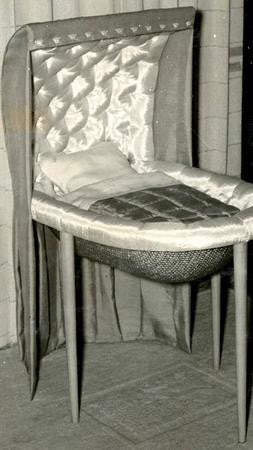
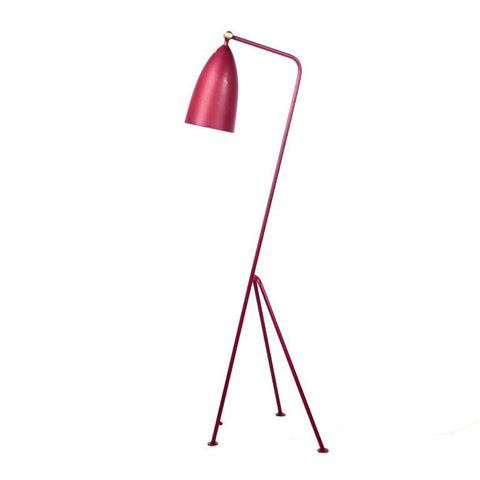
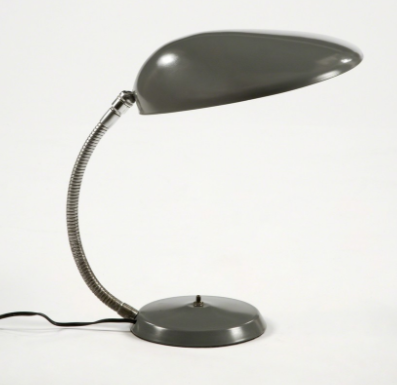
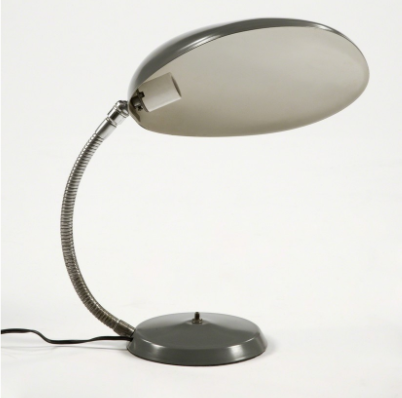
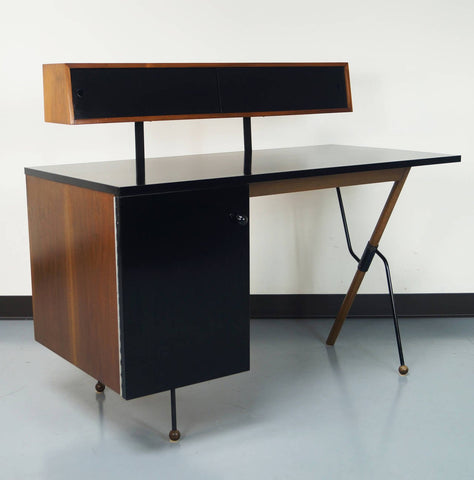
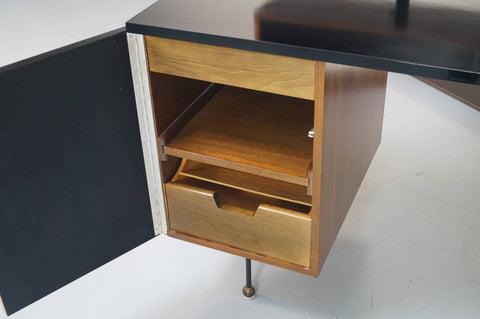




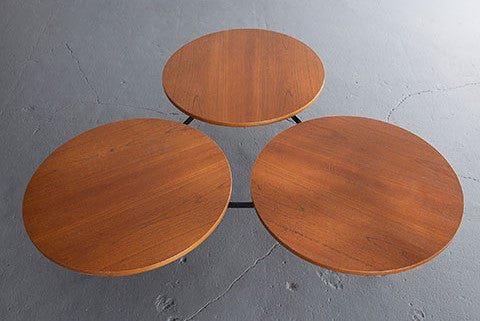
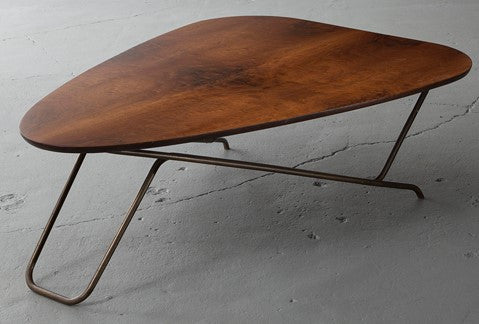
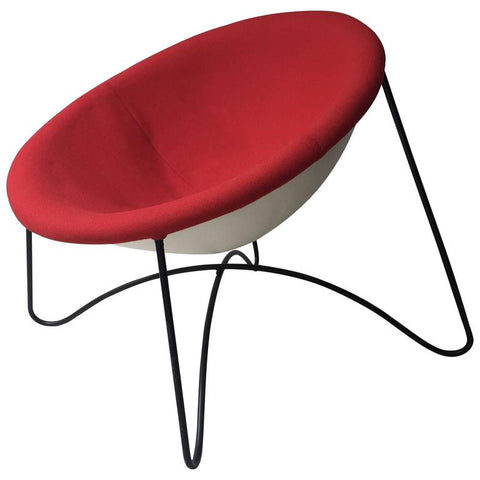
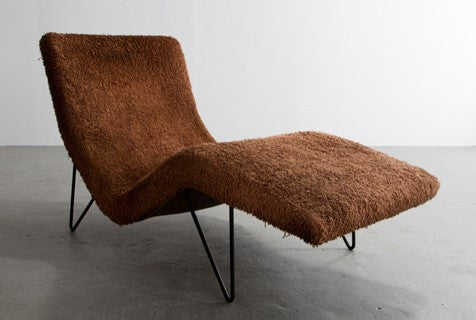
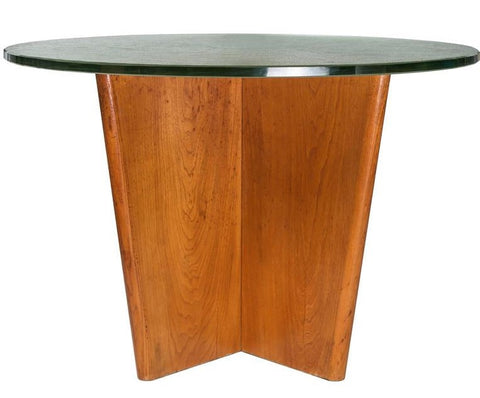
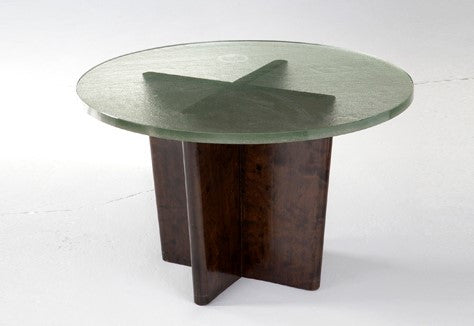

Leave a comment